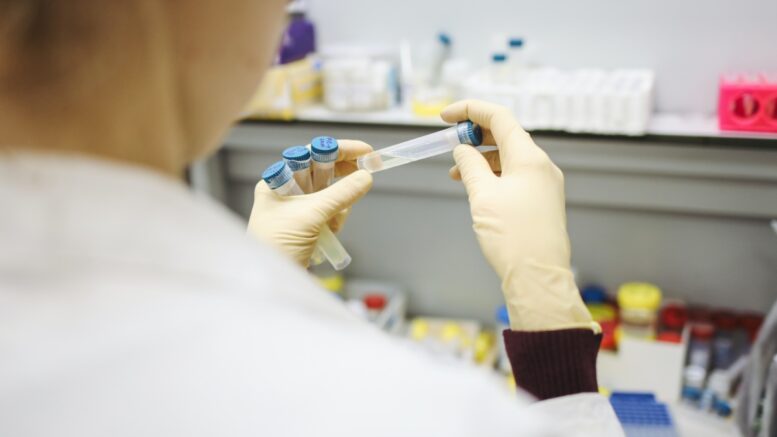If 2021 was the vaccine year, 2022 should be the testing year. COVID-19 vaccines are critical for controlling the pandemic, but getting them to everyone on the planet takes time and is hampered by unequal global distribution. Many people who do have access to vaccines refuse to accept them, and the vaccines aren’t 100 percent effective at preventing infections. The world will need more to stay ahead of Covid-19.
That extra something should be universal testing and health assessments, not simply the kind administered by labs to confirm a case of COVID-19, but also at-home, fast tests that anyone may undertake themselves. The ease with which people can understand their COVID-19 status will decide the world’s ability to govern COVID-19. The more individuals who know if they are positive, the better they can adopt mitigation measures such as self-isolation and wearing masks. This avoids spreading the virus to others—especially since many infections show no symptoms at all, so people won’t know if they are positive unless they test.
Here are some key reasons why testing is still as necessary today as it was at the start of the pandemic.
Safety Screening
In this area, there are two priorities. One example is screening in public places such as schools, airports, and sports arenas so that people feel safe returning to activities requiring public gatherings. The other is screening in congregate living centers, particularly senior housing and nursing homes, where the disease has been prevalent and many people remain at high risk.
Diagnostics & Data Learning
The current increase in confirmed cases in numerous countries emphasizes several reasons to rely on the established base of diagnostic testing equipment. Diagnosing triage patients for medical response, advising clinical care, and monitoring illness levels in inpatient populations are examples of these.
Workforce Testing
Some businesses will require testing programs to check individuals returning to work. Companies’ standards will vary depending on how many workers can work remotely, the risk of exposure, and how many protective bubbles must be maintained.
Strategic Planning
Testing will continue to be part of a more comprehensive approach in many countries to monitor the spread and prevalence of COVID-19 and to safeguard larger groups. This includes contact tracing and surveillance testing, which are still in the early stages of development.
Immunity Testing

As more people receive vaccines and normal activities resume, we will need to screen for immunity with antibodies or another method. We’ll also need to monitor aggregate immunity by sampling larger populations and address private household concerns about specific individuals’ immune status.
Part of the ongoing issue of the epidemic has been the difficulty in ramping up testing as a spike begins, and sadly, our testing efforts have been thwarted time and time again by too little, too late. According to a CVS representative, 70 percent of the 22 million at-home tests sold last year were sold in the year’s final three months.
Testing is still important, significantly when the Omicron wave decreases. We see the virus through testing, so we won’t be able to see it unless we test. Sick people will be unsure if their symptoms are caused by Covid-19, influenza, or a cold. Therefore it’s critical to have fast antigen tests on hand before visiting vulnerable people or deciding whether to wear a mask or stay home from work.
People vaccinated may also be less likely to be tested, though researchers are unsure whether vaccinated people can continue to transfer the novel coronavirus. With COVID-19 infection, hospitalization, and death rates decreasing, public awareness of the risk of coronavirus infection may be receding, resulting in less need for testing. A person who might have raced to get tested a few months ago if they were in the store with someone who sneezed would be less eager to do so now that case rates have dropped.
People who exhibit symptoms compatible with new coronavirus infection – cough, fever, congestion, exhaustion, headache, loss of sense of smell, to mention a few — should continue to be tested, regardless of vaccination availability or the overall number of COVID-19 cases. Experts believe the same is true for those who suspect they’ve been exposed to someone with the disease, even if they’ve been vaccinated or have previously had COVID-19.
